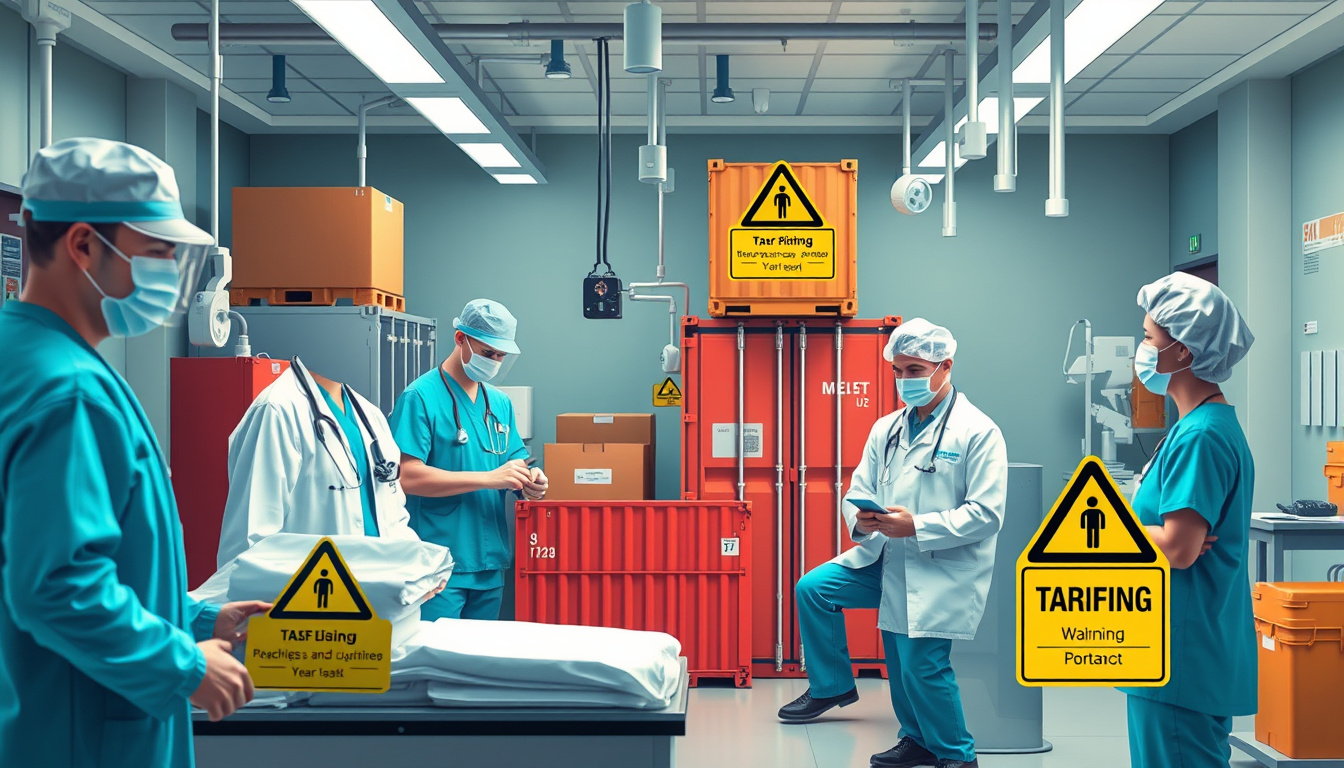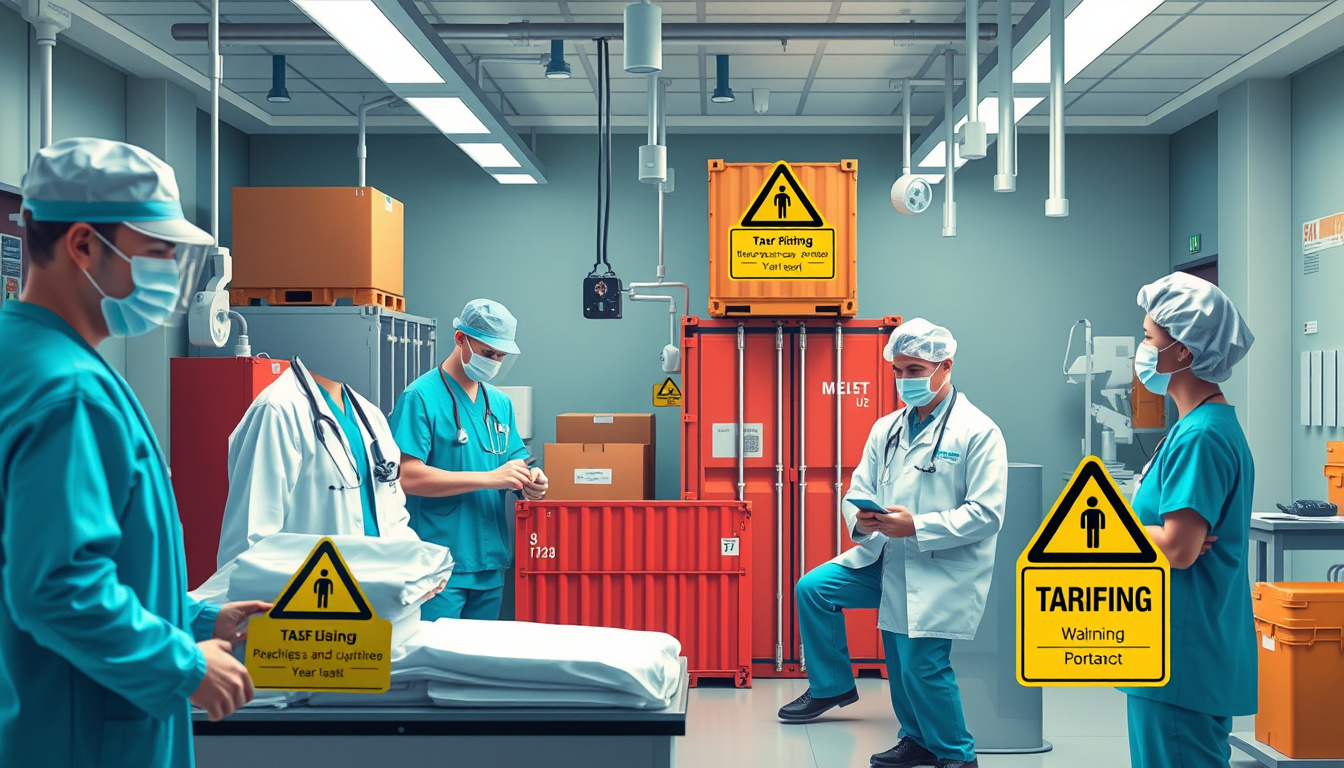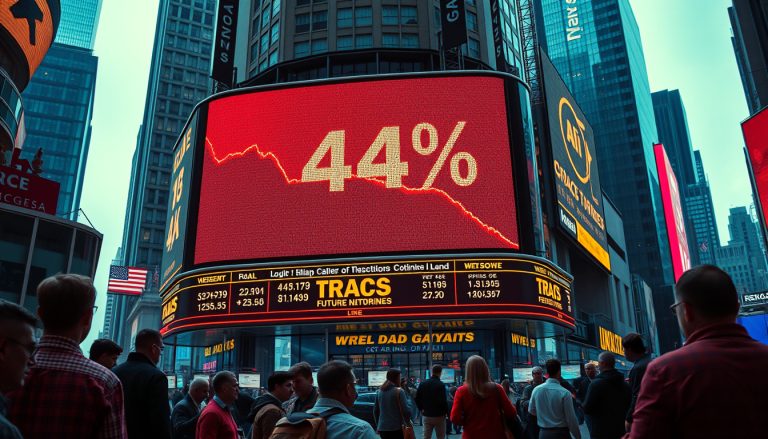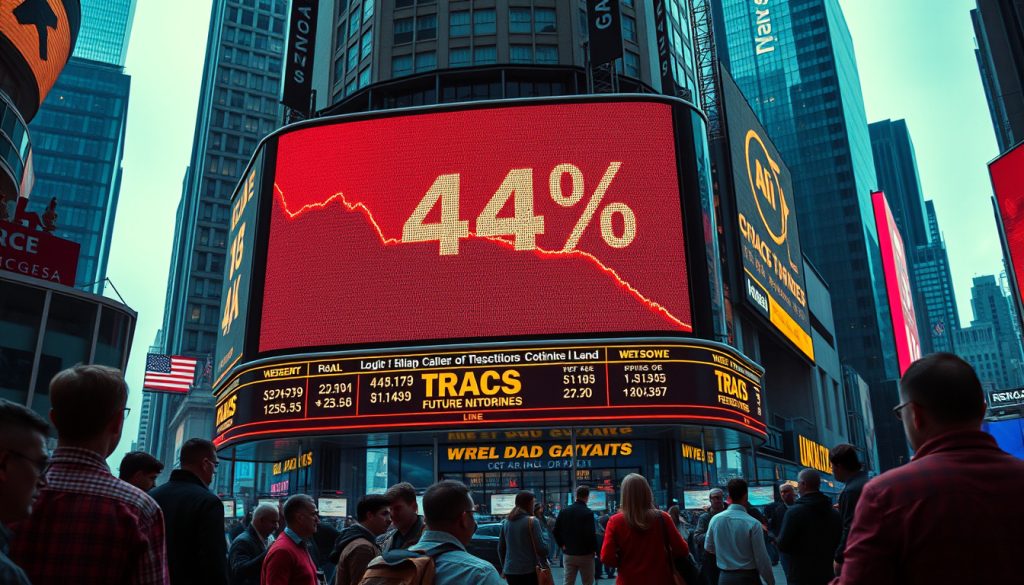The healthcare sector is facing mounting anxiety over President Trump’s recently implemented tariff policy, which imposes a 10% baseline tariff on a vast array of medical supplies and devices.
This sweeping policy poses significant risks to the already fragile healthcare supply chain and could disrupt patient care across the nation.
With provider groups and health systems sounding the alarm, the potential cost increases for essential medical instruments—ranging from syringes and diagnostic tools to personal protective equipment—has raised serious concerns about the future of patient care and hospital operations.
As organizations such as the American Hospital Association (AHA) and medical device advocacy groups push for exemptions, the impacts of these tariffs remain a pressing issue for healthcare professionals, policy-makers, and most importantly, patients.

Key Takeaways
- Trump’s tariff policy could significantly disrupt the healthcare supply chain, raising costs for essential medical supplies.
- Healthcare providers may face increased financial strain and difficulty passing on costs to patients due to tight operational margins.
- The long-term implications of these tariffs remain uncertain, potentially affecting access to critical healthcare technologies.
Impact on Healthcare Supply Chain
### Impact on Healthcare Supply Chain
The recent sweeping tariff policy introduced by President Trump, imposing a 10% baseline tariff across a broad array of medical supplies and devices, has raised significant concerns within the healthcare industry.
This change threatens the delicate equilibrium of the healthcare supply chain, with potentially dire implications for patient care.
Providers and health systems are sounding the alarm over the expected rise in costs for crucial medical instruments—ranging from syringes and diagnostic tools to personal protective equipment.
Advocacy from organizations like the American Hospital Association (AHA) reflects a growing unease, as they lobby for tariff exemptions, emphasizing that these added financial burdens could severely disrupt the already fragile supply of life-saving medications and medical supplies.
With hospitals operating on tight margins, the increased costs associated with tariffs pose a formidable challenge, particularly since they may be unable to transfer these expenses to patients due to existing long-term contracts with payers.
Specific organizations, such as Providence, have projected substantial annual losses attributable to these tariffs, underlining the vulnerabilities exposed in the supply chain during recent crises, including the pandemic and natural disasters.
Moreover, diabetes technology companies and other medical device manufacturers could find themselves facing heightened costs and increased competition from European firms.
While some analysts argue that the immediate ramifications for healthcare providers may be buffered by fixed-price contracts, uncertainties loom regarding the tariff’s long-term effects.
Overall, the healthcare industry is navigating a precarious future, striving to uphold patient care amidst the threat of cost escalations.
Responses from Healthcare Organizations and Advocacy Groups
Healthcare organizations and advocacy groups are rallying against the new tariff policy, citing its potential to exacerbate the challenges already faced by the healthcare sector.
The American Hospital Association (AHA) and various medical device advocacy factions have issued dire warnings about how these tariffs could impact the supply of essential medical equipment and medications.
Among their concerns is the risk that increased costs may force hospitals, particularly those with thin profit margins, to make tough decisions about resource allocation or even patient care offerings.
For instance, a report from leading healthcare providers indicates that those already dealing with the repercussions of the COVID-19 pandemic and other recent crises could face even more significant operational hurdles, potentially affecting their ability to deliver quality care.
Diabetes technology companies are particularly vulnerable, as they may struggle to absorb increased costs while contending with greater competitive pressures from overseas counterparts.
As stakeholders in the healthcare landscape closely monitor developments, the overarching consensus is clear: the long-term viability of patient care hinges on the sustainability of the supply chain amidst these evolving economic challenges.















